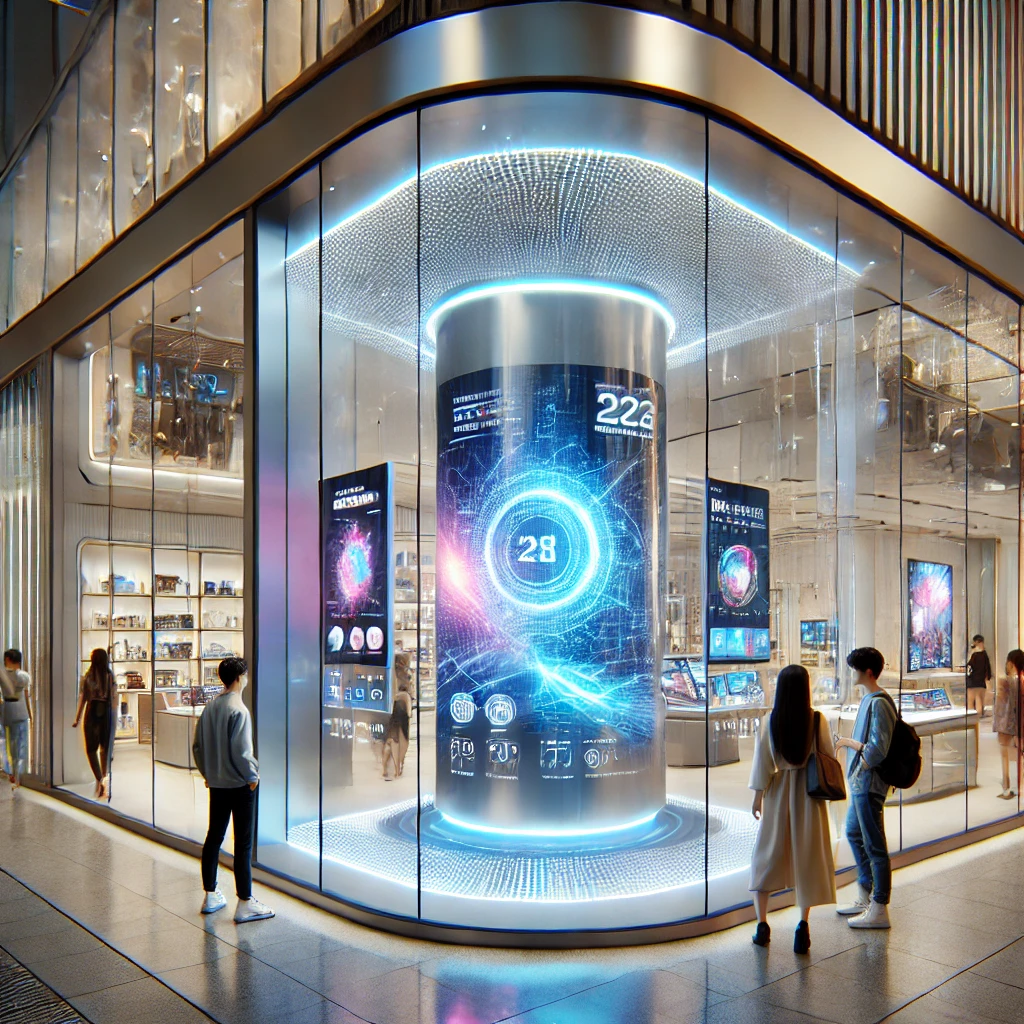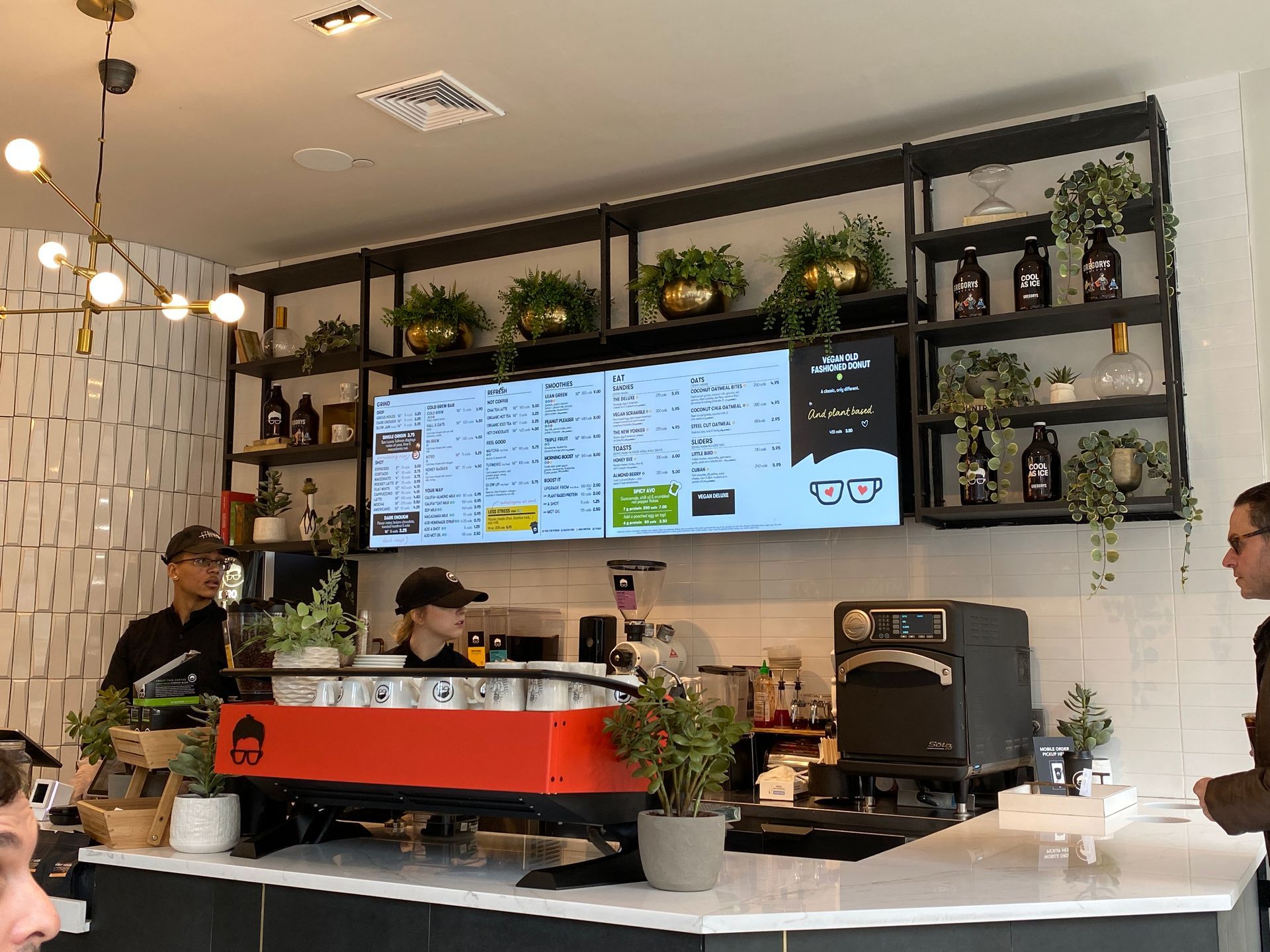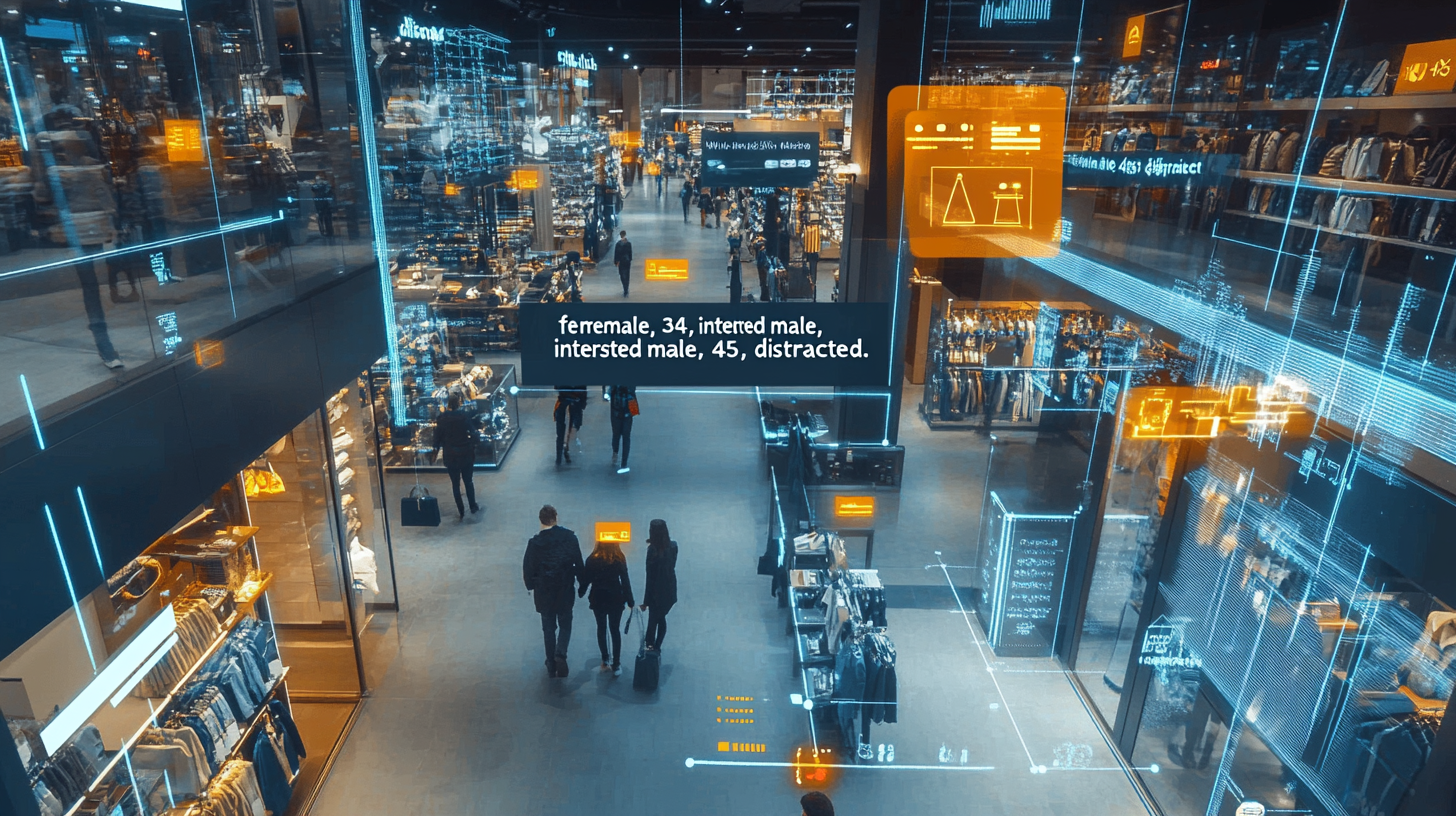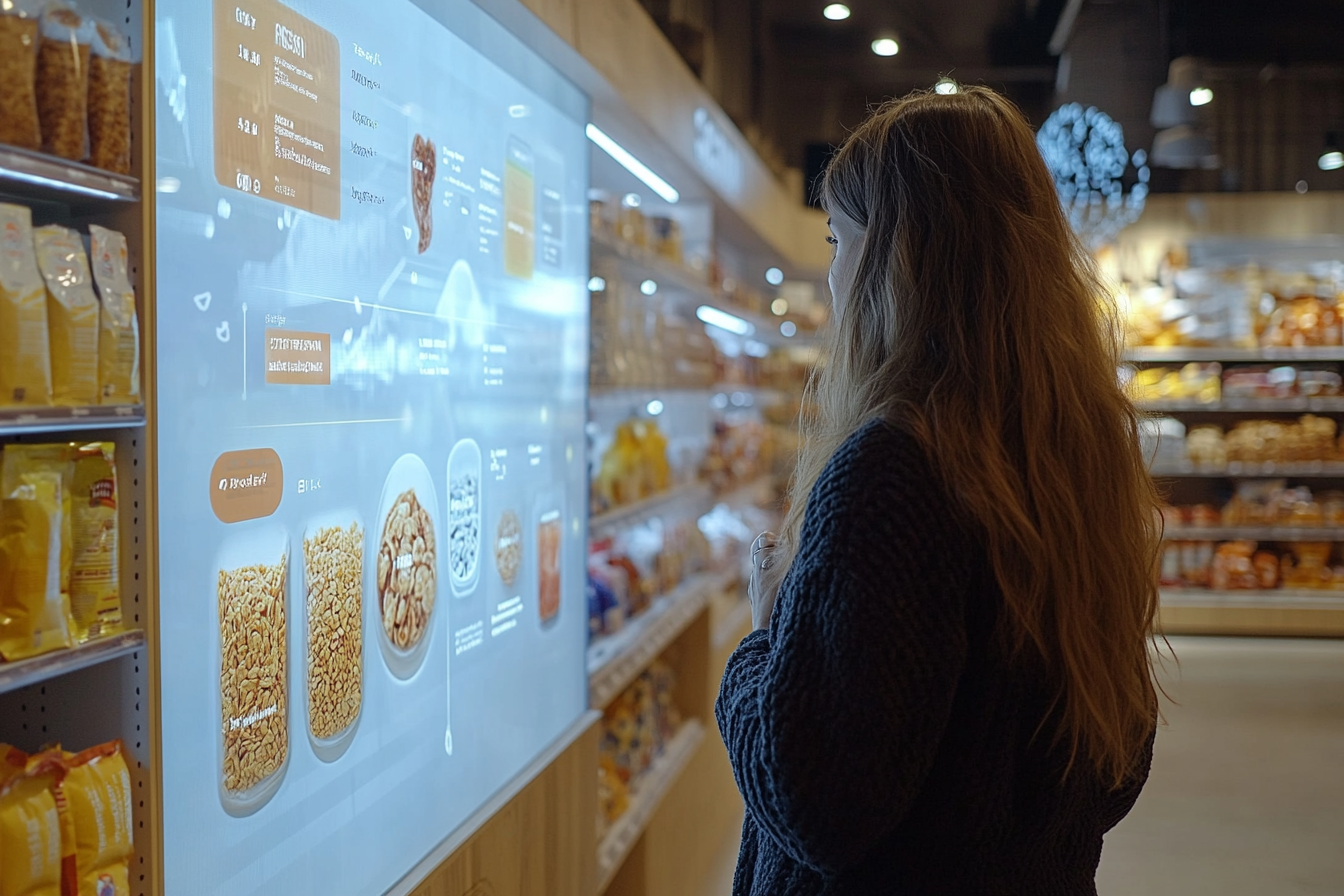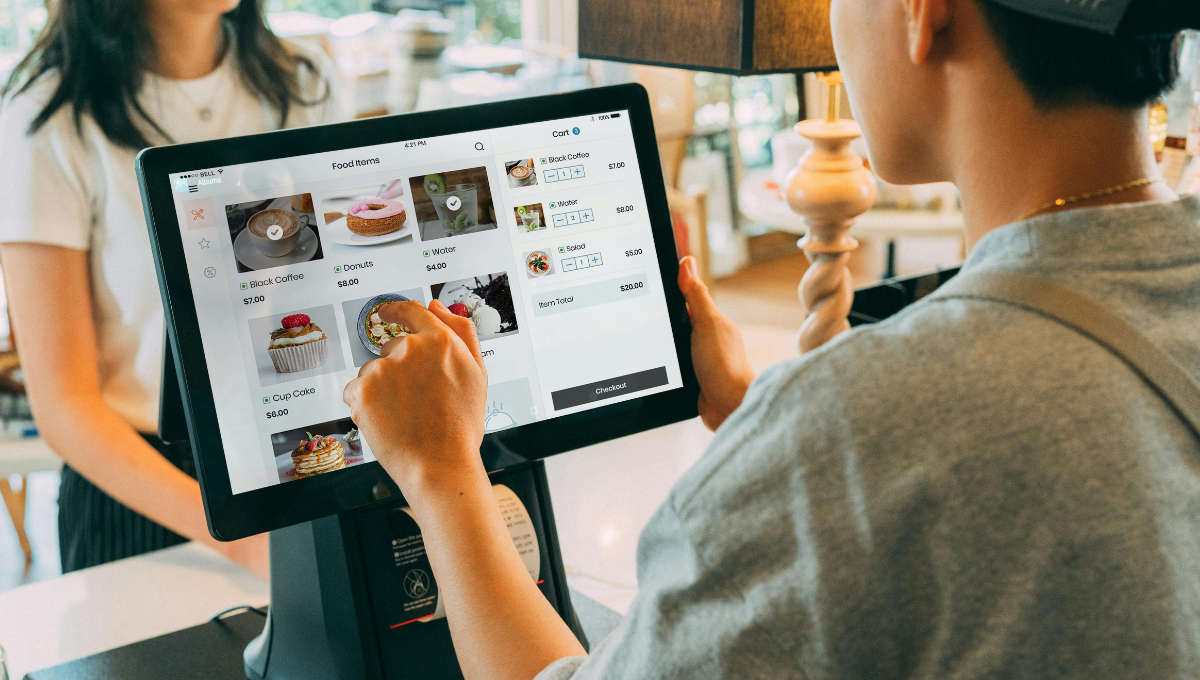Interactive Kiosks: The Trend That Will Redefine Customer Experience in 2025
Why Businesses Are Embracing Interactive Kiosks for Growth

What Are They and Why Are They Gaining Ground?
Interactive kiosks are digital devices equipped with touchscreens and intuitive software that allow users to access information, make purchases, and manage services without the need for human assistance. In an increasingly digital world, this technology has become essential for enhancing customer experience and streamlining business operations.
With a modular design, these kiosks support multiple payment options—including credit cards, barcodes, QR codes, and NFC—and typically include a built-in printer. As an all-in-one solution, they require no additional peripherals or external PCs, making them space-efficient and easy to install across a wide range of environments.
From restaurants to airports, interactive kiosks are transforming how brands interact with customers, offering a smoother, more efficient, and personalized experience.
Key Benefits
Adopting interactive kiosks offers significant advantages for businesses across different industries:
1. Increased Operational Efficiency
Automating tasks such as order placement or information delivery allows staff to focus on more strategic activities, improving resource management and reducing wait times. Additionally, their clean cable management and streamlined design ensure a tidy and aesthetically pleasing installation.
2. Enhanced Customer Experience
With dynamic, customizable interfaces, kiosks provide real-time information that supports quicker decisions and more engaging interactions. Customers can fully control their orders—customizing and updating them throughout the transaction.
3. Lower Operating Costs
By reducing the need for staff to manage routine tasks, businesses can cut costs without compromising service quality. Operating 24/7, kiosks maximize service availability and minimize errors by sending orders directly to kitchens or management systems.
4. Revenue Growth
Through algorithm-based suggestion systems, kiosks can promote personalized upsells, increasing average ticket sizes and driving higher revenue.
5. Flexible Installation for Any Space
Available in countertop, floor-standing, or wall-mounted formats, kiosks adapt to virtually any setting. Their sleek, minimalist design blends seamlessly into various environments, enhancing a brand’s overall image.
Industries Where Interactive Kiosks Are Making an Impact
These devices are proving indispensable across multiple sectors:
Retail
In stores and supermarkets, kiosks let customers search for products, compare prices, and complete purchases independently—accelerating the shopping process.
Restaurants
Quick-service restaurants use kiosks for ordering, reducing wait times and improving efficiency. Customers can personalize their meals and pay directly on-screen.
Airports and Transportation
From ticketing to check-in, kiosks streamline procedures, reduce lines, and improve the passenger experience.
Healthcare
Hospitals and clinics use kiosks for check-ins, appointment scheduling, and information access—eliminating the need for traditional front-desk services.
Education
Universities and schools leverage kiosks to provide campus information, manage enrollments, and simplify administrative processes.
More than just an operational upgrade, interactive kiosks enhance user experience by delivering efficient, personalized solutions. As we head into 2025, their presence will only grow—driven by digital transformation and rising consumer demand for autonomy.
If your business is looking to elevate customer service and streamline operations, investing in interactive kiosks is a strategic move to stay competitive in an increasingly digital world.
